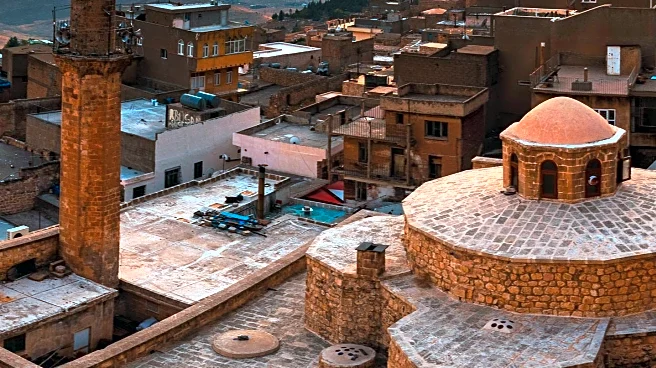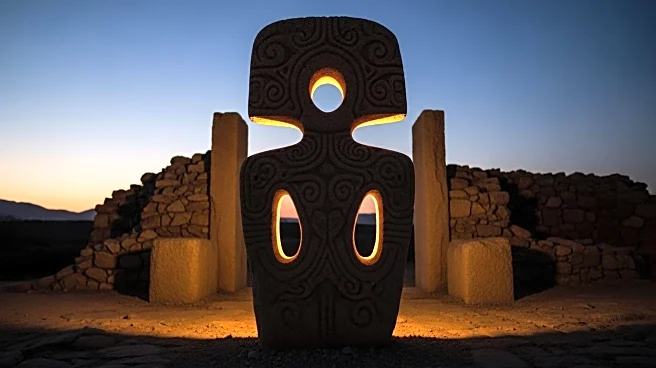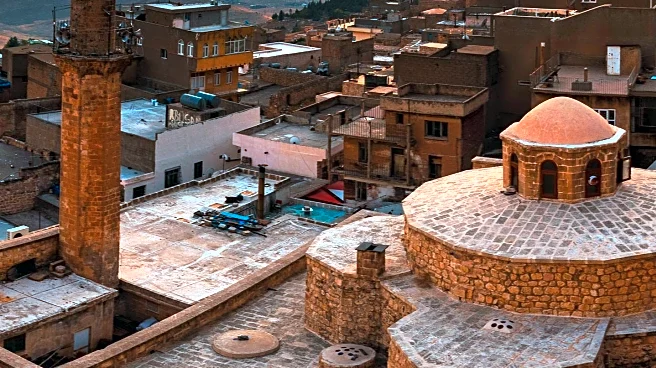Hagia Sophia's history is a rich tapestry of religious, cultural, and political transformations. Originally constructed as a cathedral in the Byzantine Empire, it has undergone several significant changes, reflecting the shifting tides of history in Istanbul.
Origins
The origins of Hagia Sophia date back to the reign of Emperor Justinian I, who commissioned its construction in 532 AD. Designed by Isidore of Miletus and Anthemius of Tralles, it was completed in 537 AD, becoming the largest cathedral in the world at the time.
Key Phases
Throughout its history, Hagia Sophia has served multiple roles. From 537 to 1453, it was the cathedral of Constantinople. After the Ottoman conquest, it was converted into a mosque, with minarets added to its structure. In 1935, it was secularized and opened as a museum, reflecting Turkey's modernizing efforts under Mustafa Kemal Atatürk.
Turning Points
Significant turning points include its conversion into a mosque in 1453, which marked the end of Byzantine rule and the rise of the Ottoman Empire. Another pivotal moment was its transformation into a museum in 1935, symbolizing Turkey's secularization. In 2020, it was reconverted into a mosque, sparking international debate.
Present Status in Source
Today, Hagia Sophia functions as a mosque, while also serving as a symbol of Istanbul's rich historical and cultural heritage. Its status continues to be a topic of discussion, reflecting broader themes of cultural identity and heritage preservation.
 Discover Daily • 8 min read
Discover Daily • 8 min read 










